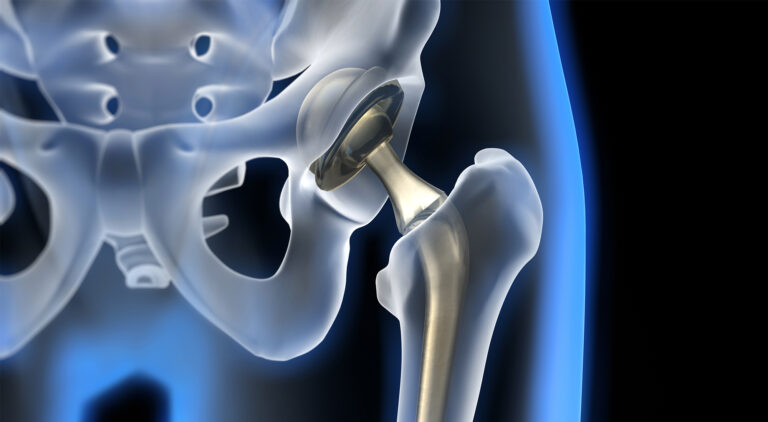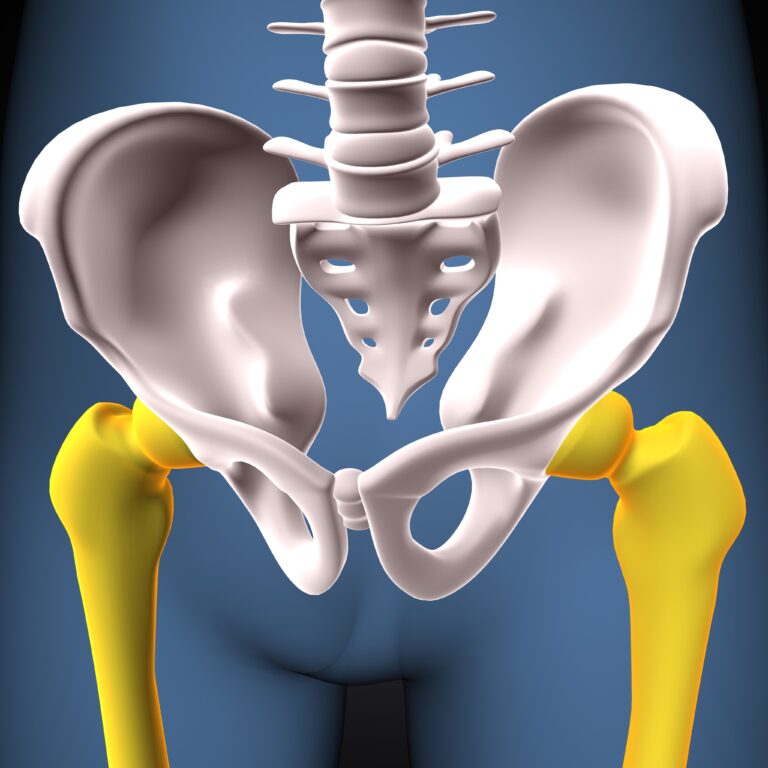
Introduction
Postural alignment refers to the proper positioning of the body during standing, sitting, and movement, which plays a significant role in maintaining joint health. For women, good posture is essential in preventing joint pain, stiffness, and long-term damage, especially since hormonal changes, pregnancy, and lifestyle factors can make them more vulnerable to musculoskeletal issues. Misalignment can lead to a variety of joint problems, including back pain, knee issues, and joint degeneration. This comprehensive guide explores how postural alignment affects women’s joint health and provides tips for improving posture to prevent pain and injury.
Overview
Postural alignment affects the way weight is distributed across the joints, directly impacting their health and functionality. Proper alignment ensures that the body’s bones, muscles, and ligaments are in harmony, which reduces undue stress on the joints. When posture is misaligned, it causes the joints to bear extra pressure, leading to inflammation, pain, and even conditions like osteoarthritis. Women are particularly prone to joint issues due to factors such as pregnancy, menopause, and changing body mechanics. By adopting proper posture and ergonomic practices, women can reduce joint strain and enhance overall joint health.
Potential Risks and Complications
- Joint Strain and Pain: Poor posture places excessive pressure on the joints, leading to pain, stiffness, and inflammation, especially in areas like the lower back, hips, knees, and shoulders.
- Increased Risk of Injury: Misalignment can cause muscle imbalances, making women more susceptible to muscle strain, ligament injuries, and falls, particularly in weight-bearing joints.
- Chronic Conditions: Long-term poor posture may contribute to the development of chronic joint conditions, including osteoarthritis and degenerative disc disease, leading to permanent joint damage and mobility issues.
Understanding the Recovery Process
- Postural Correction: Addressing misalignments through awareness and conscious effort to correct posture can alleviate joint stress. Simple changes like sitting upright, aligning the spine, and standing with balanced weight distribution can make a difference.
- Strengthening Exercises: Regular exercises focusing on the core, back, and legs strengthen muscles that support proper posture. These exercises reduce strain on joints and help maintain alignment, preventing future discomfort.
- Stretching and Flexibility: Stretching helps lengthen muscles and improve flexibility, counteracting tightness caused by poor posture. This reduces the risk of joint pain and injury.
- Ergonomic Adjustments: Adapting daily activities, such as work environments and sleep positions, can support proper posture and reduce joint strain during prolonged periods of sitting, standing, or movement.
Factors Influencing Outcomes
- Age and Hormonal Changes: Women’s bodies undergo hormonal changes, particularly during pregnancy and menopause, which affect the musculoskeletal system and increase the risk of postural misalignment. These changes can also affect bone density and joint flexibility.
- Physical Activity Level: Women who engage in regular physical activity are better able to maintain good posture and reduce joint strain. Strengthening exercises and flexibility training are key for preventing joint health issues.
- Body Weight: Excess weight places additional stress on the joints, particularly the knees, hips, and lower back, making it more important to maintain a healthy weight for optimal postural alignment.
- Existing Joint Conditions: Women with pre-existing conditions such as osteoarthritis or scoliosis may experience more challenges with maintaining postural alignment, making proper posture even more crucial to avoid worsening symptoms.
Informed Decision-Making
- Consulting Healthcare Providers: Women should consult with healthcare professionals like physical therapists or orthopedic specialists to assess their posture and receive tailored guidance for improving alignment and joint health.
- Comprehensive Postural Plan: Developing a holistic plan that includes posture-correcting exercises, ergonomic changes at work and home, and regular physical activity can ensure long-term joint protection and pain prevention.
- Posture and Pain Management: For women experiencing joint pain due to postural misalignment, it’s important to explore pain management strategies, such as physical therapy, massages, or in some cases, medical interventions, to address the root cause of discomfort.
Key Takeaway
Good postural alignment is essential for maintaining joint health, especially for women who may face unique challenges due to hormonal changes, pregnancy, and lifestyle factors. By focusing on posture correction through strengthening exercises, stretching, ergonomic adjustments, and weight management, women can prevent joint pain, reduce the risk of injury, and improve long-term joint health. Early awareness and proper care are key to avoiding chronic joint issues and maintaining an active, healthy lifestyle.
Disclaimer
This information is intended for educational purposes only and should not be considered as medical advice. Always consult with a healthcare provider for personalized guidance on posture correction and joint health management.



